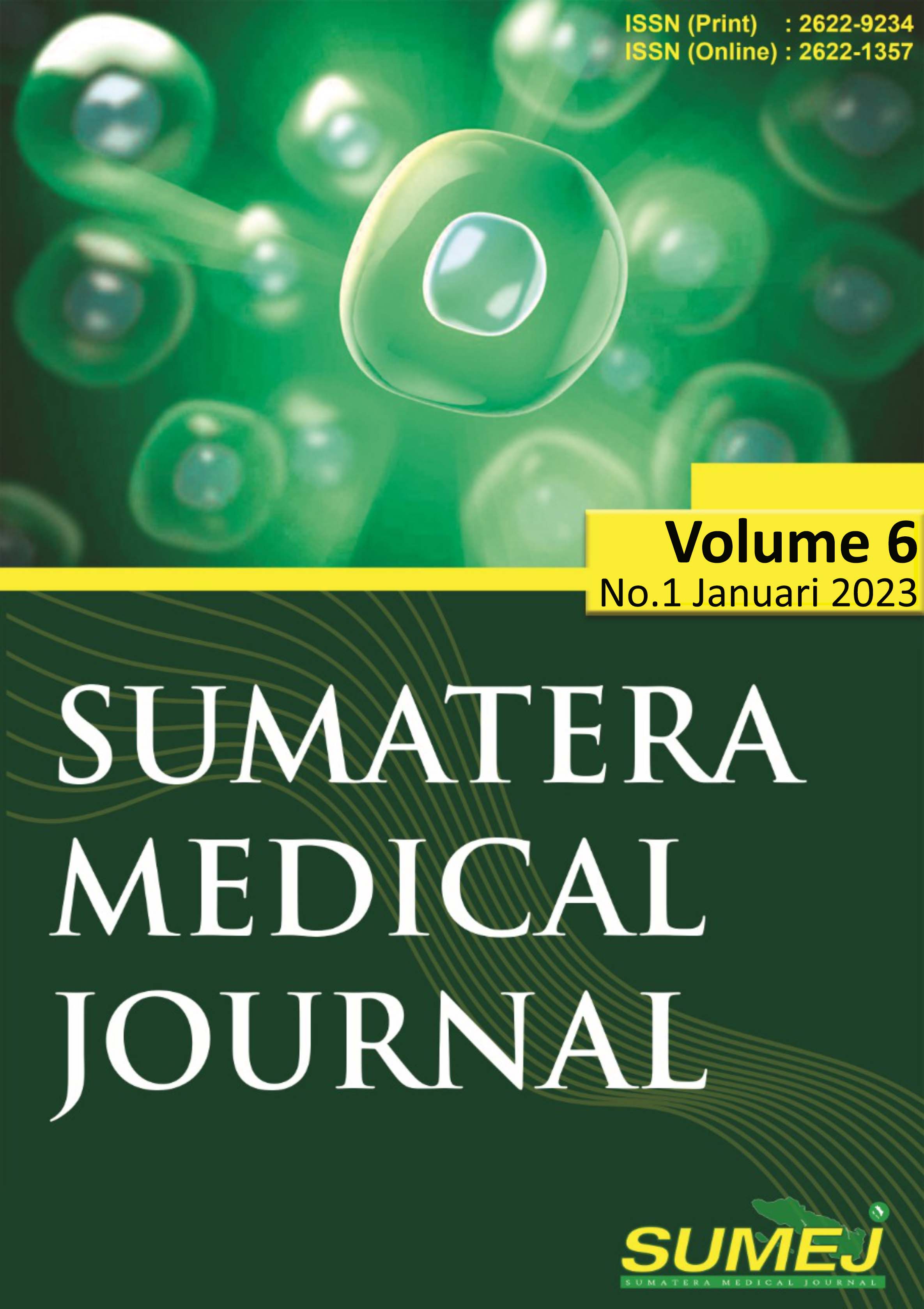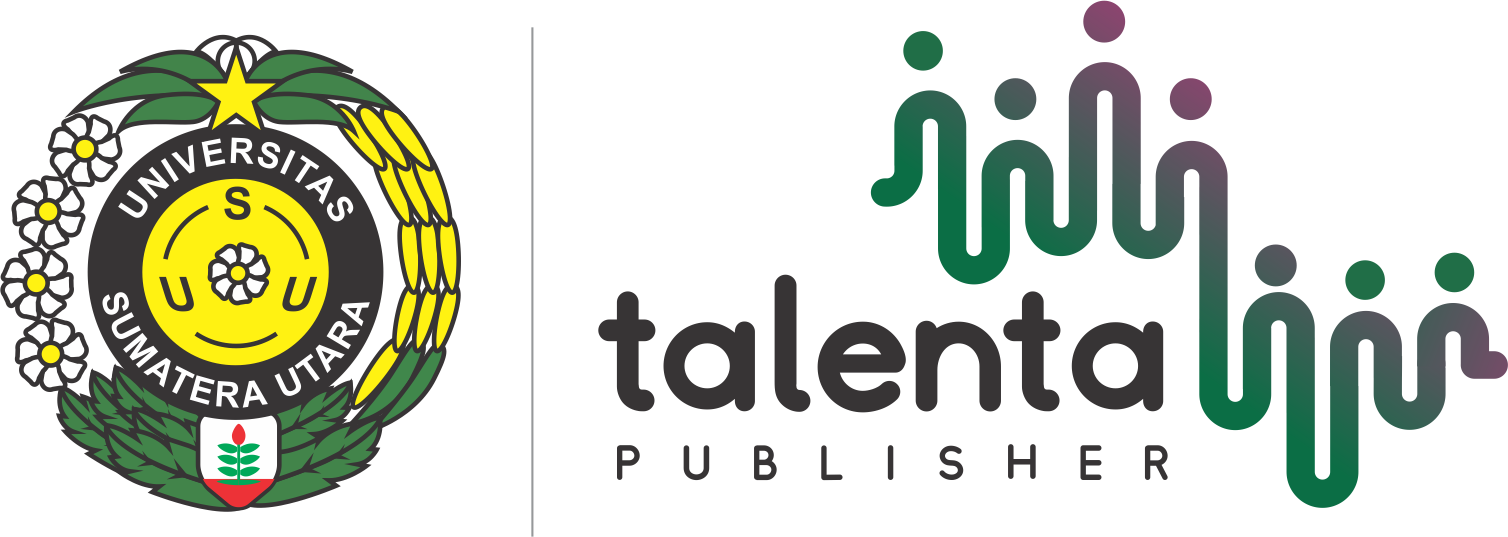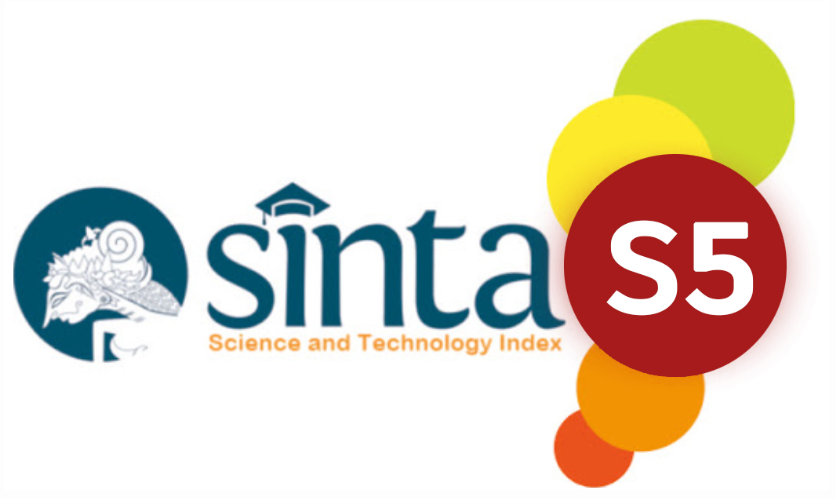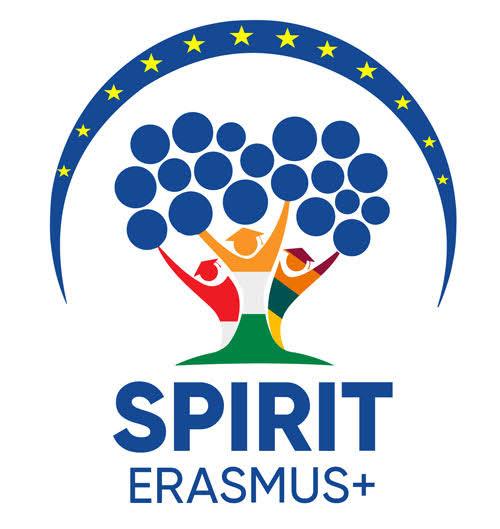Identification of Soil-Transmitted Helminths in Soil of Sheep Farm in Manggis Village, Serbajadi District, Serdang Bedagai Regency
DOI:
https://doi.org/10.32734/sumej.v6i1.8039Keywords:
identification, farm, soil-transmitted helminthsAbstract
Background: More than one and a half million of whole world population are infected by Soil Transmitted Helminths. The most common types of Soil Transmitted Helminths found in human are Ascaris lumbricoides, Trichuris trichiura and Hookworm (Necator americanus and Ancylostoma duodenale). Soil Transmitted Helminths infections are usually found on individuals with poor hygiene, low socioeconomic status, and high risk occupations, such as sheep farmer. Sheep farming in Indonesia is generally a small-scale farm with modest technology. Livestock herding on the pasture may cause the livestock to consume Soil Transmitted Helminths-contaminated grass. Soil is the medium for the maturing of Soil Transmitted Helminths fertilized egg into infective form. Modest handling aspect and poor sanitation allow Soil Transmitted Helminths to be found in farm soil. Objective: To identify Soil Transmitted Helminths in the soil of a sheep farm in Manggis Village, Serbajadi District, Serdang Bedagai Regency. Methods: This observational descriptive study was conducted with cross-sectional approach. 100 of soil samples were collected per 8 square meters through quota sampling from a sheep farm in Manggis Village, Serbajadi District, Serdang Bedagai Regency. The data was collected by carrying out flotation technique in laboratory.. Results: Soil Transmitted Helminths eggs were discovered in 17 (17%) out of 100 samples, Hookworm eggs in 14 samples (14%), and Ascaris lumbricoides eggs in 5 (5%) samples. Conclusion: There are Soil Transmitted Helminths in soil of the sheep farm in in Manggis Village, Serbajadi District, Serdang Bedagai Regency.
Downloads
References
Murni PHS, Lubis M, Fujiati II. Hubungan infeksi Soil Transmitted Helminths dengan kemampuan kognitif, status nutrisi, dan prestasi belajar pada anak sekolah dasar di Desa Sikapas Kabupaten Mandailing Natal. Sari Pediatri. 2018;19(5):279–83. Available from: https://doi.org/10.14238/sp19.5.2018.279-83.
Lobo LT, Widjadja J, Octaviani, Puryadi. Kontaminasi telur cacing Soiltransmitted Helminths (STH) pada sayuran kemangi pedagang ikan bakar di Kota Palu Sulawesi Tengah. Media Litbangkes. 2016;26(2):65–70.
Suryantari SAA. Prevalence, intensity and risk factors of Soil Transmitted Helminths infections among elementary school students in Ngis Village, Karangasem District, Bali. Indones J Trop Infect Dis. 2019;7(6):137. Available from: https://doi.org/10.20473/ijtid.v7i6.9952.
Kementerian Kesehatan Republik Indonesia. Peraturan Menteri Kesehatan Republik Indonesia Nomor 15 Tahun 2017 tentang Penanggulangan Cacingan. Jakarta: Kemenkes RI; 2017.
Ramayanti I, Ghufron JZ, Lindri SY. Prevalensi Soil Transmitted Helminths (STH) pada murid SD Negeri 149 di Kecamatan Gandus Kota Palembang. Syifa’ Med J Kedokt dan Kesehat. 2021;11(2):105. Available from: https://doi.org/10.32502/sm.v11i2.2720.
Setyowatiningsih L, Surati S. Hubungan higiene sanitasi dengan kejadian infeksi Soil Transmitted Helminths pada pemulung di TPS Jatibarang. J Ris Kesehat. 2017;6(1):40. Available from: https://doi.org/10.31983/jrk.v6i1.2325.
Azlan R. Prevalensi parasit gastrointestinal domba Waringin (Ovis aries) yang diberi pakan hijauan dan campuran hijauan konsentrat di Kelurahan Sidomulyo Kabupaten Langkat Sumatera Utara [skripsi]. Medan: Fakultas Matematika dan Ilmu Pengetahuan Alam, Universitas Sumatera Utara; 2021.
Safitri OW, Wikandari RJ. Gambaran infeksi telur cacing Soil Transmitted Helminths pada petani bunga. J Lab Medis. 2019;1(2):86–90.
Khurana S, Singh S, Mewara A. Diagnostic techniques for Soil-Transmitted Helminths – recent advances. Res Rep Trop Med. 2021;12:181–96. Available from: https://doi.org/10.2147/rrtm.s278140.
Astuti RDI, Ismawati I, Rathomi HS. Soil-Transmitted Helminths contamination on the yard’s soil of the public elementary schools in Bandung City. Glob Med Health Commun. 2020;8(3):193–8. Available from: https://doi.org/10.29313/gmhc.v8i3.6596.
Downloads
Published
How to Cite
Issue
Section
License
Copyright (c) 2023 Sumatera Medical Journal

This work is licensed under a Creative Commons Attribution-NonCommercial-NoDerivatives 4.0 International License.
The Authors submitting a manuscript do so on the understanding that if accepted for publication, copyright of the article shall be assigned to Sumatera Medical Journal (SUMEJ) and Faculty of Medicine as well as TALENTA Publisher Universitas Sumatera Utara as publisher of the journal.
Copyright encompasses exclusive rights to reproduce and deliver the article in all form and media. The reproduction of any part of this journal, its storage in databases and its transmission by any form or media, will be allowed only with a written permission from Sumatera Medical Journal (SUMEJ).
The Copyright Transfer Form can be downloaded here.
The copyright form should be signed originally and sent to the Editorial Office in the form of original mail or scanned document.











